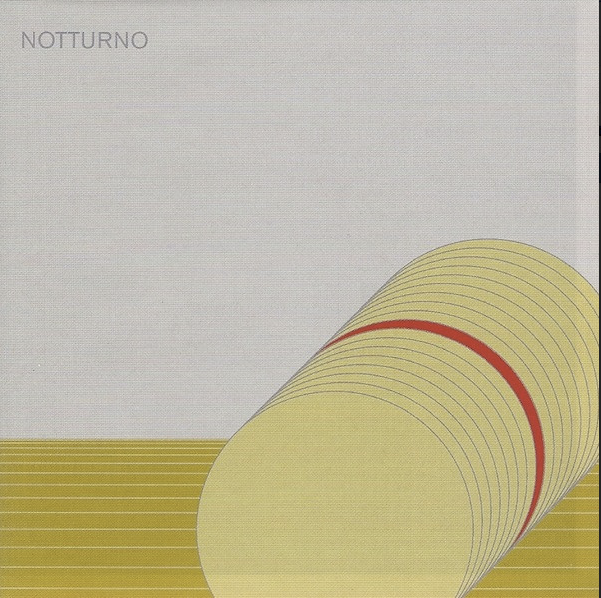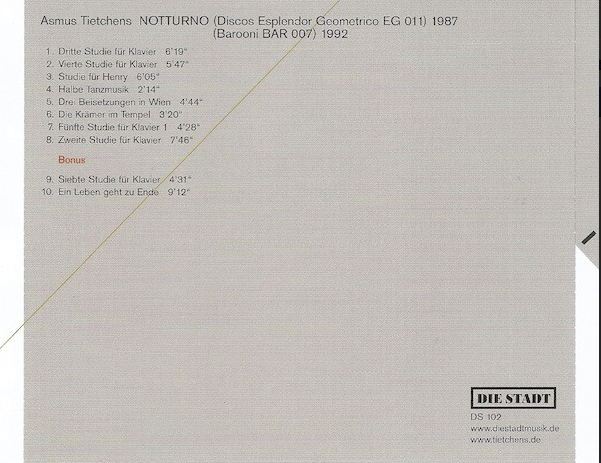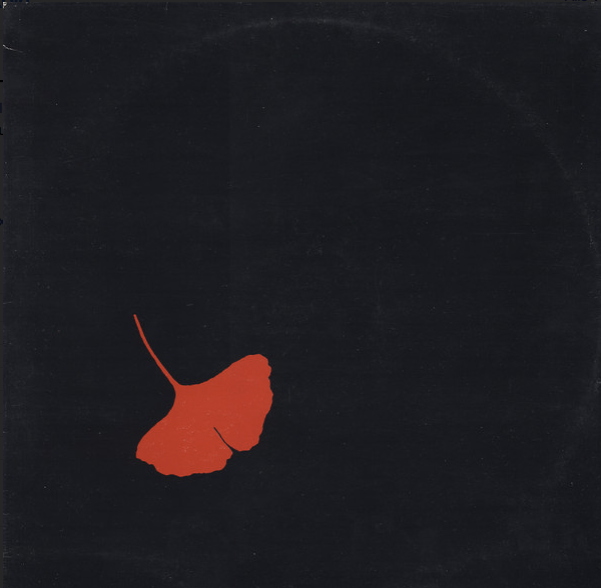LP
Discos Esplendor Geometrico • EG 011 • Spain 1986
518 numbered copies
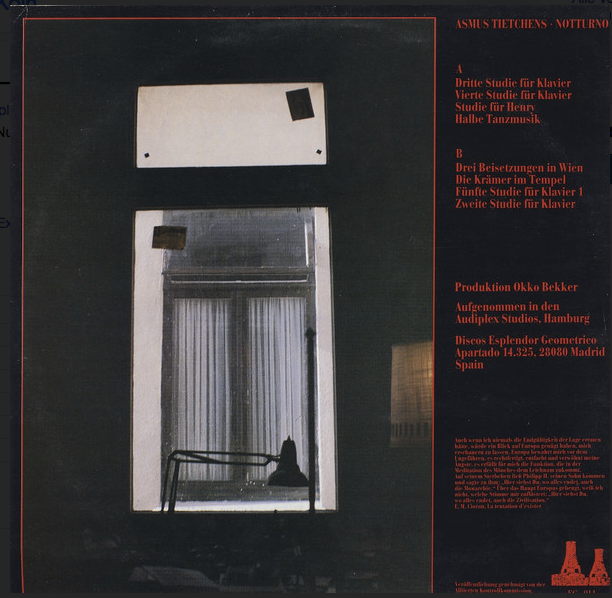
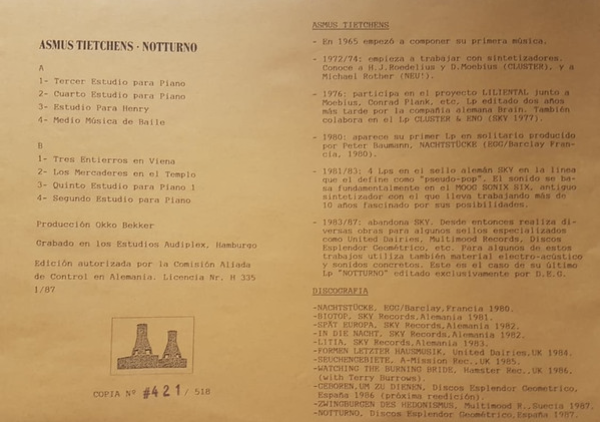
CD
1. Barooni • BAR 007 • The Netherlands 1992
2. Die Stadt • DS 102 • Germany 2007
Part X of the Rerelease series
Tracklist
01 Dritte Studie für Klavier 6’19“
02 Vierte Studie für Klavier 5’47“
03 Studie für Henry 6’05“
04 Halbe Tanzmusik 2’14“
05 Siebte Studie für Klavier 4’31“ CD-Bonus
06 Drei Beisetzungen in Wien 4’44“
07 Die Krämer im Tempel 3’20“
08 Fünfte Studie für Klavier 4’28“
09 Ein Leben geht zu Ende 9’12“ CD-Bonus
10 Zweite Studie für Klavier 7’46“
Annotations
01 See A 11 for Studie für Klavier and track index for other Studien.
03 Dedicated to Henry Spencer, anti-hero of David Lynch’s film ERASERHEAD.
See A 52:02 for another use of this piece.
Description
Mostly calm, spatial, partially pulsating explorations of piano sounds, for example by separating delays from attacks (08). The architectural approach of Zwingburgen des Hedonismus (A 17) reappears on 01. Little goblins, uptight and worried, made from glowing ruby.
Source
Treated and processed piano sounds.
Die Stadt label info for the reissue:
A S M U S T I E T C H E N S ‚Notturno‘ CD (DS102)
10th part in the ongoing re-release series of all early Tietchens albums between 1980 – 1991. ‚Notturno‘ was originally released by spanish label Discos Esplendor Geometrico in 1987 and also by Barooni on CD in 1992. Remastered version in a first edition of 600 copies in jewel case with full colour artwork and poster booklet also feat. the original front and back cover.
Track listing:
1.’Dritte Studie für Klavier‘ 6’19
2.’Vierte Studie für Klavier‘ 5’47
3.’Studie für Henry‘ 6’05
4.’Halbe Tanzmusik‘ 2’14
5.’Drei Beisetzungen in Wien‘ 4’44
6.’Die Krämer im Tempel‘ 3’20
7.’Fünfte Studie für Klavier‘ 4’28
8.’Zweite Studie für Klavier‘ 7’46
Bonus tracks:
9.’Siebte Studie für Klavier‘ 4’31
10.’Ein leben geht zu Ende‘ 9’12
Total playing time: 54:26 min.
Asmus Tietchens NOTTURNO (Discos Esplendor Geometrico EG 011) 1987 (Barooni BAR 007) 1992
By the time ‚Studie für Klavier‘ (FORMEN LETZTER HAUSMUSIK, DS84) was released it actually wasn’t my first attempt to use the piano as a sound source. Various pre-studies came before this, but all which either were not characterized as such in their title or simply didn’t make it onto record.
I was intrigued by the great range of sounds it offers in general, but also by the multiple possibilities to produce sounds inside of the piano. Off course I was fully aware that these techniques had already been used by other composers like Henry Cowell and John Cage in the past. Not only I could make use of a grand piano in 1986, I also had the technical equipment at hand which didn’t leave nothing to be desired. I wasn’t quite precise calling these pieces ‚Studien für Klavier (Piano)‘ by the way, as I was actually using a Flügel (Grand Piano). I began preparing the strings in an almost old fashioned way, also producing sounds with unusual aids (Electric Gastr Beater, Wire Brush, Coins and others). Then in another step, with the help of the studio, I carefully started working on the recorded sounds.
While doing this I wasn’t even afraid of the using some good old avantgarde tricks by the way. But I won’t tell. The fact that NOTTURNO was released by an industrial label, shows how much the interest in unusual electro-acoustic music had grown at the time. In fact NOTTURNO is nothing less than an industrial album. To my own delight and to the delight of the listeners as well, I used techniques which were introduced in the field of new music since several years already. As a result NOTTURNO can be seen as a cross between musical styles. On one hand it sounds academic, but in fact it isn’t. But the question whether this was U (popular) or E (serious) was obsolete anyway, as electro-acoustic experiments didn’t exclusively belonged to the circle of serious composers anymore. Off course I wasn’t the first or only non-academic composer who produced music, which couldn’t be categorized easily then, and maybe even still not until today. As a result the exchange of these new aesthetic strategies with other musicians and listeners in the mid 80’s, further encouraged the musicians to produce such music, and as a result labels such as Discos Esplendor Geometrico could be sure to sell a small edition of 500 copies in a fairly short time. The ears had opened up for this genre-crossing music and the heads were ready to accept. We had succeeded breaking new ground.
Editorial notes:
All tracks have been remastered from the original tapes as I still found them in perfect condition. I decided to do this because the remastering for the first CD version back in 1992, can’t be compared to nowaday standards. Both bonus tracks already appeared on the first re-release on CD (BAR 007), but have been added to the end for this new edition.
